A Week in the Life of an Architecture Student at Queen's
Architecture student Yashani gives an overview of her course at Queen's, including a typical timetable, the course structure and its facilities.
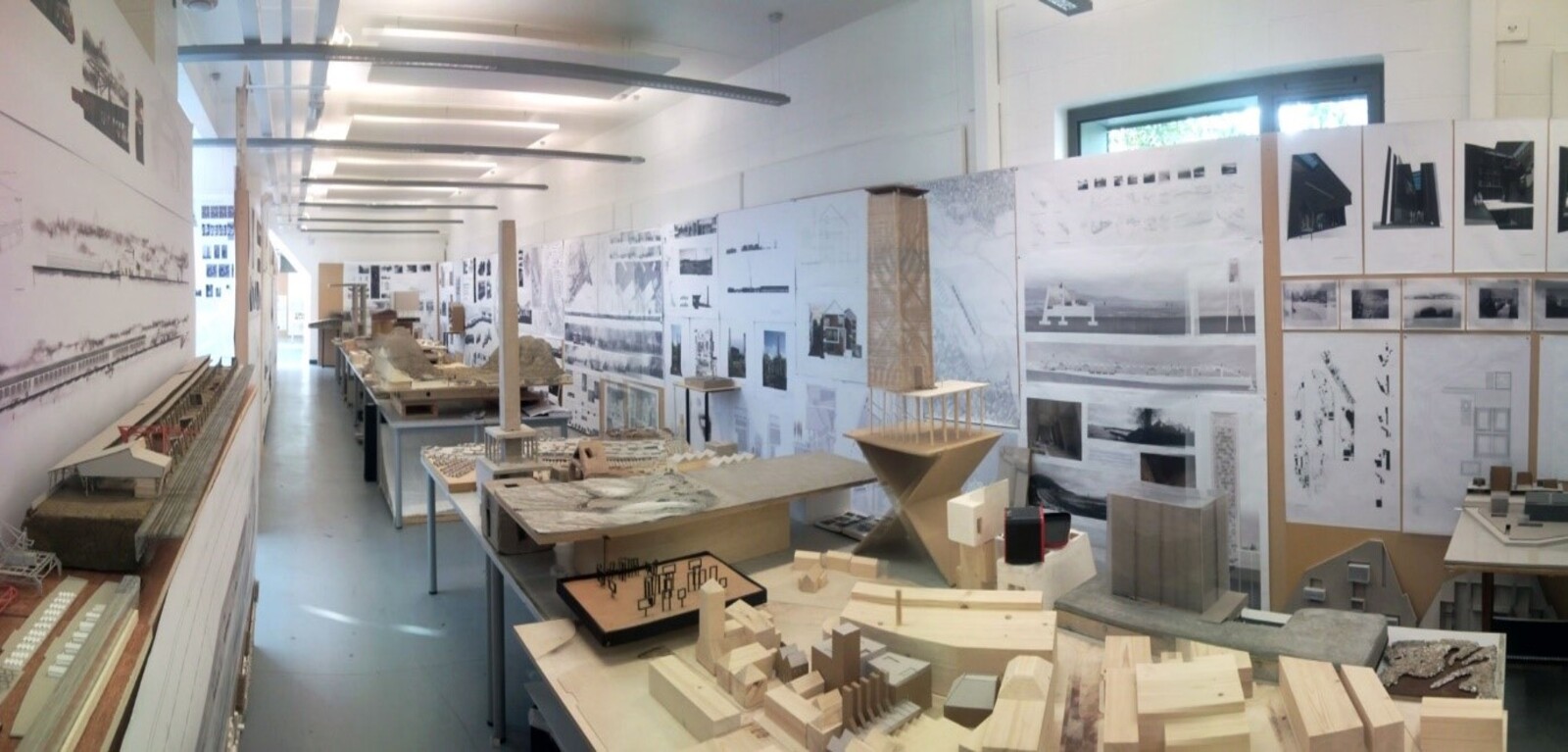
Architecture at Queen's is a diverse course, spanning across five year groups. Architecture is a multidisciplinary degree that encompasses design, research, and technical skill. This is also reflected in the modules that we follow.
Each year group has four modules: History and Theory, Technology and Environment, Design and Communication 1 and Design and Communication 2. The undergraduate degree is split between Stage 1, Stage 2 and Stage 3, lasting 3 years. The master’s degree is split between MArch 1 and MArch 2, spanning 2 years.
Find out more about Architecture at Queen's
How to qualify as an architect
Architecture has always been described as a subject where you are required to know a little bit about a lot of things. Up until recently, it was a degree where university attendance was mandatory but now, we are seeing many other ways to qualify as an architect, with internships gaining in popularity! The way architecture or qualifying as an architect is structured is:
Part 1: you have three years as an undergraduate which is part of your Part 1 qualification. Once you have graduated, to complete your part 1 qualification, you also must do 12 months of work in an architectural firm. Following this you can move on to your Part 2.
Part 2: Your part 2 encompasses your master’s degree. Some people chose to start their master’s immediately after finishing their 12 months of work, but there is no limit on the amount of time you can take between finishing your Part 1 and starting your Part 2. It takes approximately two years to complete your master’s degree and then a further year again in practise to finish the qualification.
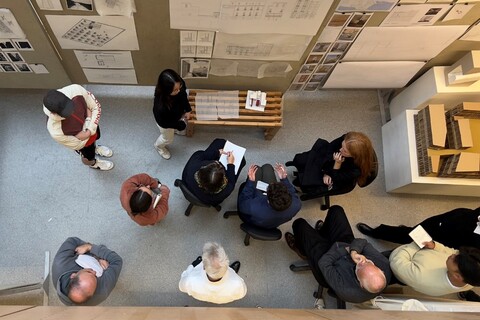
The path to qualifying as an architect takes 7 years
Part 3: the final stage of qualifying as an architect is your Part 3. This encompasses professional exams that architects are now required to sit every five years, once they are fully qualified. This is usually carried out while working in a practice.
The path to qualifying as an architect takes seven years, though many will choose to take more time out between each of the aforementioned stages. An architecture degree can also open many other career pathways e.g. climate science, and research.
Typical timetable
A typical timetable will look something like this:
|
Day |
AM |
PM |
|
Monday |
Lecture (2 hours) Technology and Environment |
Self-Study |
|
Tuesday |
Self-Study |
Self-Study |
|
Wednesday |
Lecture (2 hours) History and Theory |
Self-Study |
|
Thursday |
Tutorials |
Tutorials |
|
Friday |
Skills / Self Study |
Self-Study |
How the course is structured
The structure of the degree is consistent across all three years, so students can expect a similar structure throughout each year of their studies. Lectures are usually run in the morning, leaving your afternoons free for extracurricular activities and self-study. There are also events run throughout the year by the faculty and the architecture society. These extend from guest lectures to social events!
Each module is designed in accordance with RIBA (Royal Institute of British Architects) guidelines but also to ensure that you are constantly developing a skill set to excel in the different areas of architecture.

Read Yashani's blog about the Queen's Architecture Society
Technology and Environment is heavily based on critically examining environmental systems and technological strategies and an understanding of the interconnectedness of internal environment, structure, façade, internal arrangement, sustainability, regulation; and cost principles of building structure, construction, and environmentally sustainable design in practice. This is a year long module.
History and Theory will present key ideas about the cultural, social, economic and political factors that shape the spatial and built structure of cities. It will highlight the significance of historic urban landscapes while interpreting the practice of urban design aesthetics and technologies. The focus will be on the relationship between architecture and the city, the role of buildings in the urban fabric and the complexity of context. This is a year long module.
Design and Communication is split between two semester long modules: Design and Communication 1 and Design and Communication 2. Each semester will consist of a design brief that you must fulfil through a combination of research, material analysis, structure, drawing, modelling, and presentation.
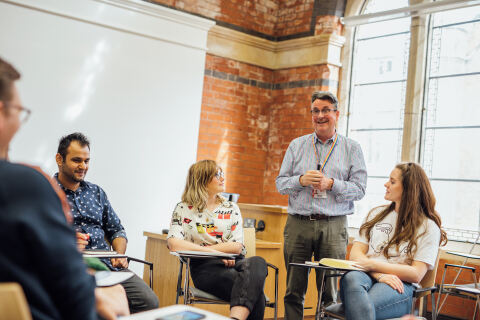
A big part of the design module is group tutorials
This is also coupled with skills sessions and skills bazaars that are dedicated to a certain aspect e.g. CAD, Photoshop, or plaster model making. These sessions are often on a Friday and sprinkled throughout the year. A big part of the design module is tutorials. This is a full day dedicated to contact time with your tutor where you get one-to-one or small group feedback on your project work.
No two days are the same!
Despite this, no two days in architecture look the same. A lot of time is dedicated to self-study to encourage skills like organisation but also because each project needs dedicated time and effort to unfold successfully, no matter the module.
Most students will treat the degree like a 9-5 job, as it is also important to set boundaries for how long you work each day to prevent burning out. Your work each week will also be guided by project deadlines, as often you will have two or three deadlines that may coincide in the same week!
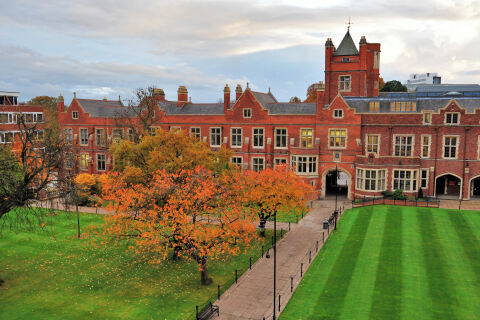
Remember to set boundaries for how long you work each day to avoid burnout
Course facilities
Each year group has a dedicated studio, and each student has a dedicated desk. This is incredibly useful as model making materials can be inconveniently large or heavy, so your desk also serves as a place for storage.
Studio culture is a massive advantage to this degree as it results in you getting to know your peers well. It also means that the studio works like an ecosystem where everyone can learn from one another and support each other!
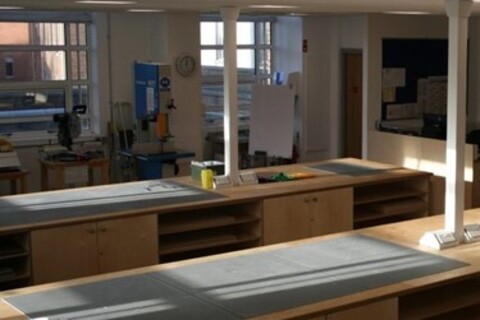
Facilities include studios, workshops and dedicated desks
Another key facility is the workshop. This is where larger models can be made, and you can use equipment like laser cutters, bandsaws, and 3D printers, should you need them. The workshop also stores materials like balsa, card and MDF at a subsidised rate for students that need it!
While architecture is a time-consuming degree, it’s also incredibly important to prioritise extracurriculars. Many architecture students will be part of another club, society or sports team to break up their day-to-day schedule! Weekends are a great way to catch up on rest, see some friends or scout out a new art exhibition!
Find out more
VIDEO: A Week in the Life of a Queen's Architecture Student
Yashani GohilBSc Architecture | Undergraduate Student | London, UKI’m a 20-year-old architecture student and treasurer of the Arcsoc. I’m also involved with Enactus (VPE). My hobbies include running, watching the F1 and learning all I can about architecture. Being at Queen’s has been an amazingly rewarding experience: fantastic friends, an amazing course and new opportunities everywhere. |
 |